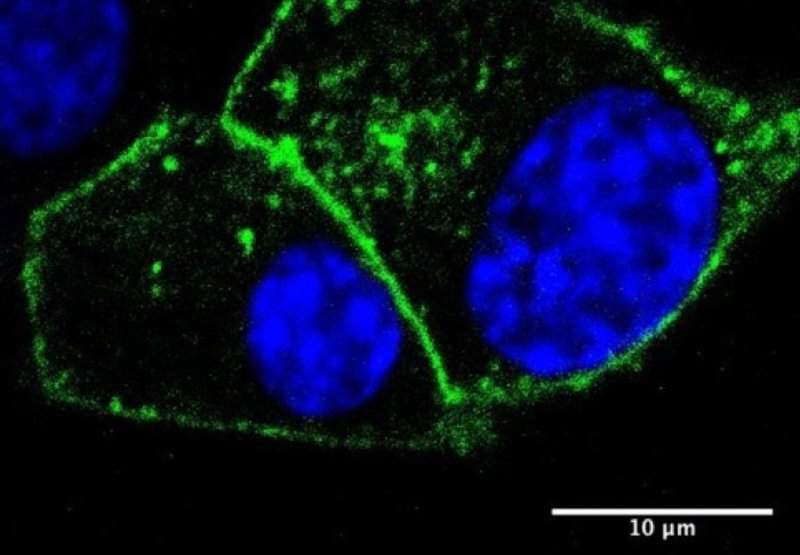
Research carried out by Imperial College London has showed that small alterations to existing diabetes treatments can increase their effectiveness by changing their interactions with cells.
Researchers tested a modified version of a type 2 diabetes therapy called exenatide in both mice and human cells.
Exenatide is designed to bind to and activate GLP-1 receptors on the surface of beta cells, which in turn triggers the cells to release insulin.
By altering the drug, reseachers were able to hack into the ‘traffic system’ that shuttles drugs in and out of cells. This increased the effectiveness of the drug, and led to more insulin being released.
The modifications to receptor trafficking did not lead to increased effect on GLP-1 receptors in other parts of the body such as the brain, where they are related to nausea.
Researchers expect that this could mean the drug has minimal side effects.
How well do you really know your competitors?
Access the most comprehensive Company Profiles on the market, powered by GlobalData. Save hours of research. Gain competitive edge.

Thank you!
Your download email will arrive shortly
Not ready to buy yet? Download a free sample
We are confident about the unique quality of our Company Profiles. However, we want you to make the most beneficial decision for your business, so we offer a free sample that you can download by submitting the below form
By GlobalDataImperial College London Bloom Lab researcher Dr Ben Jones said: “We have harnessed a new mechanism based on receptor trafficking to develop a drug more effective for type 2 diabetes that doesn’t appear to carry an increased risk of side effects.
“If this treatment were to make it to market, the advantage is that it could be more effective for treating diabetes compared to the existing treatment, and that extra effectiveness would not be accompanied by greater nausea and other side effects.”
The team has already initiated a study to test the tweaking technique to enhance other existing medications such as pain relief drugs.
They also plan to test the technique in a small study involving healthy human volunteers.



